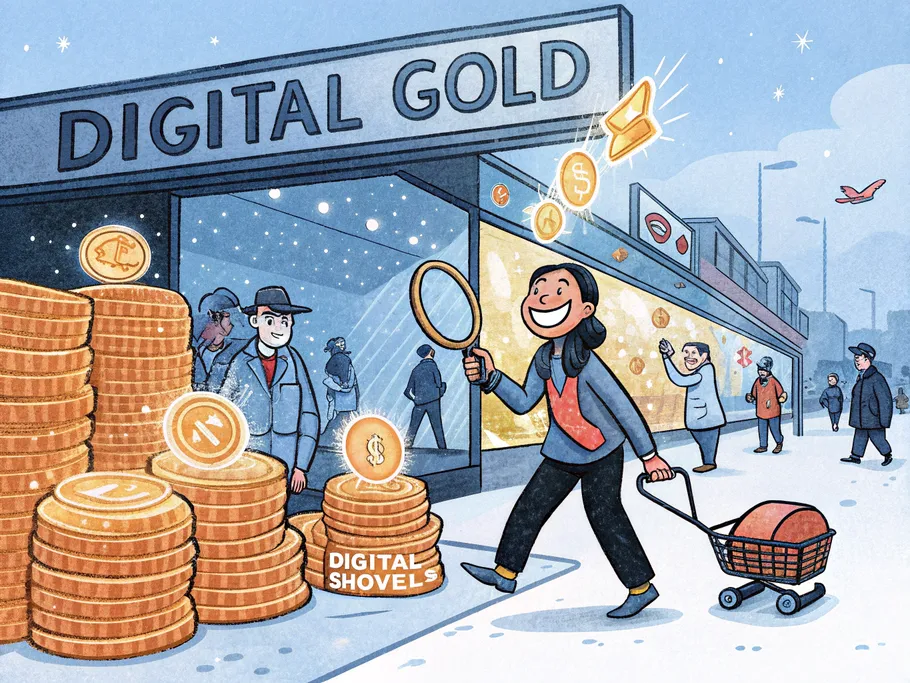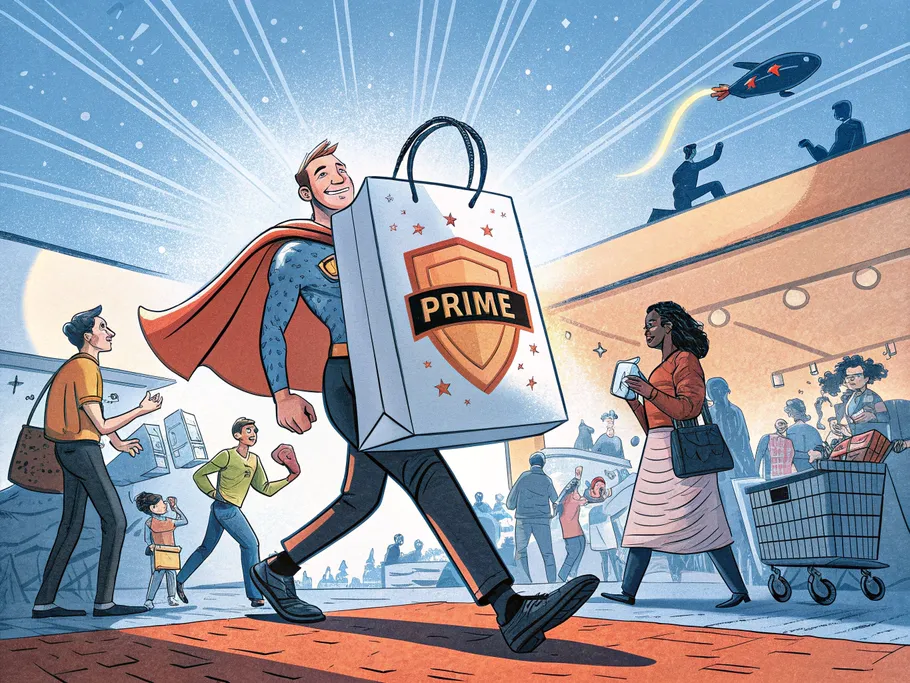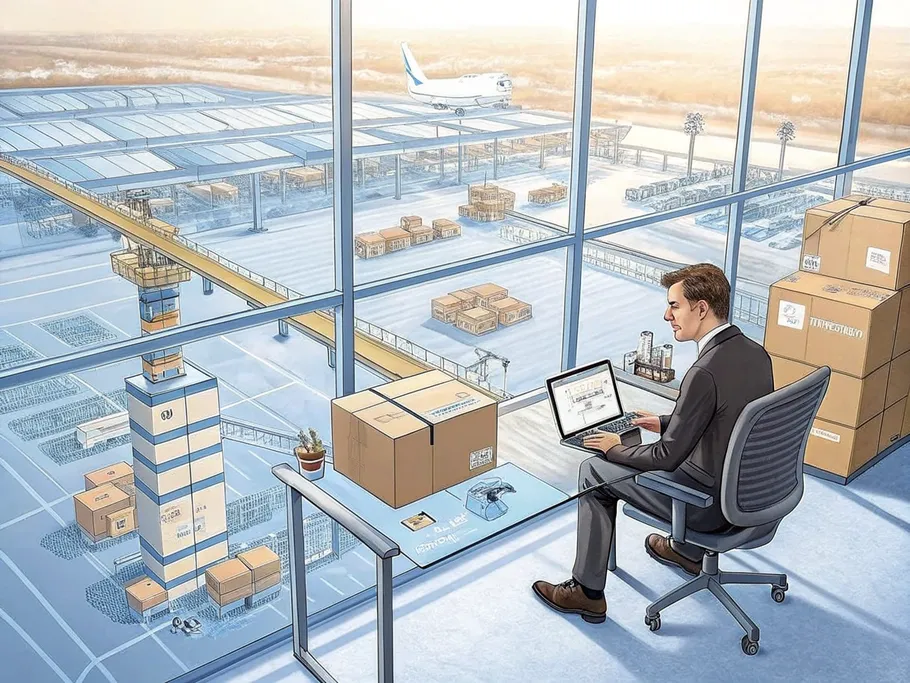Forget what you think you know about logistics. Amazon’s Fulfilled by Amazon (FBA) service isn’t just about renting shelf space and getting someone else to slap a label on a box. It’s about plugging your business directly into Amazon’s ridiculously sophisticated logistics brain.
We’re talking predictive analytics that see seasonal trends coming, regional inventory placement that’s smarter than a chess grandmaster, and AI-driven restocking alerts that can slash your storage costs by up to 25%. You’re not just outsourcing shipping; you’re outsourcing a multi-billion dollar intelligence network.

Meet Sarah, a gifted artisan selling her gorgeous handmade leather journals online. Her passion project exploded. Orders flooded in. It was the dream… until it became a nightmare.
Her apartment vanished under a mountain of boxes, packing tape, and shipping labels. Her creative spark was buried. The hands that once shaped beautiful things were now just printing, packing, and answering an endless stream of “Where’s my order?” emails.
She had built a kingdom but found herself its only prisoner, trapped in a 24/7 cycle of logistics that left zero room for the art that started it all.
Think of the Amazon FBA business model as a world-class logistics engine you can plug right into your business. It’s designed to let you focus on the sexy stuff – product design, sourcing, and brand building – while Amazon’s army of robots and humans handles the grunt work of fulfillment.
When a customer clicks “buy,” Amazon picks, packs, and ships it. They handle the customer service. They process the returns. You get to run your business, not a warehouse.

The COVID-19 pandemic was a weird time, but for Amazon, it was a rocket launch. They became the biggest company on the planet, and in doing so, they flung the doors wide open for anyone to grab a piece of the e-commerce pie through FBA.
There’s a classic business saying: in a gold rush, sell shovels. Instead of digging for gold yourself, you provide the tools for the thousands of others who are.
That’s what FBA lets you do. You’re leveraging the massive, unstoppable growth of e-commerce without having to build the entire damn infrastructure from scratch.
Jeff Bezos famously built his empire by being obsessively focused on the customer, not the competition. Amazon’s success isn’t just about selling stuff; it’s about making buying so easy it’s almost an afterthought.
When you use FBA, you get to borrow that obsession. Your products instantly get the Prime badge, which is basically a secret handshake with millions of loyal customers who expect fast, free shipping. Amazon’s trusted customer service team handles the questions and returns, wrapping your brand in a cloak of credibility. This alignment with the Amazon experience doesn’t just build trust; it demolishes purchase friction and drives sales.
So, is FBA the right move for you? Let’s weigh the good against the ugly.

The benefits of Amazon FBA are designed to fuel growth. Here’s the highlight reel:

Now for the fun part. Let’s talk about the risks, because ignoring them is a great way to lose your shirt.
So you want to make money on Amazon. You’ve basically got two main paths: FBA and Affiliate Marketing. Let’s be brutally honest about what you’re signing up for.
Amazon Affiliate Marketing is the low-risk, low-ish reward option. You write content, you do SEO, you build an audience, and you get a small commission (typically a measly 1-10%) when someone clicks your special link and buys something. The initial investment is low because you don’t touch a single product. But don’t be fooled – scalability is a bitch. You need massive traffic to make real money.
Fulfilled by Amazon (FBA) is the high-risk, high-reward path. You’re selling your own products. This means a higher initial investment in inventory and a greater risk of it all going to zero. However, the potential for profit and scale is exponentially higher. You’re building a real brand, a tangible asset, with profit margins that can actually support a business (think 20-40% after fees).
Why choose one when you can do both? Advanced sellers build a powerful growth loop by creating affiliate marketing sites that drive traffic directly to their own FBA product listings. This synergistic approach captures both sales revenue and builds marketing channels off of Amazon. Some sellers report growing up to 35% faster with this integrated strategy.
This hybrid model also lets you get fancy with customer journeys. You can retarget website visitors who bounced with ads for your FBA products on Amazon, creating a web of touchpoints that dramatically increases conversion.
Ready to jump in? Here’s your launchpad.
Most aspiring entrepreneurs start with the wrong questions: “What can I sell?” or “How can I make a million dollars?” This skips the most important part.
Start here instead. This is your Zero Moment of Truth:
Deliver more value, and the revenue will follow. It’s that simple and that hard.
First, the boring part: create your Amazon seller account. Done? Good.
Now, optimize your product listings like your business depends on it (because it does):
Advanced Tip: Top sellers constantly A/B test their main images, which can lead to conversion lifts of 15-25%.
This is where you follow the rules or pay the price.
Pro Tip: Smart sellers often use prep centers located near Amazon warehouses. This can cut shipping costs by 20-30% and ensures you stay compliant. Also, consider using Amazon’s inventory placement service for new product launches to guarantee faster delivery times, then switch to distributed inventory once you have sales velocity.
Getting your product live is just the start. Now it’s time for Amazon FBA marketing and optimization.

To master scaling your Amazon FBA business, you need to become a master of cash flow.
The growth equation is simple:
Supplier payment term – (time to sell from stock + time to collect money) > 0
The bigger that positive number is, the faster you can grow without needing outside funding.
Keep an eye on key financial benchmarks. While it varies, the average ROI for FBA sellers typically lands in the 20-40% range after all fees are paid. Manage your cash, master your logistics, and you’ll be well on your way from solopreneur to a systemized, scalable business.

Email subscription is available ONLY TODAY (oh, okay, and tomorrow).
Surely, we respect your inbox! Unsubscription works every day.

We’d love to tailor your experience — which of these best describes you?